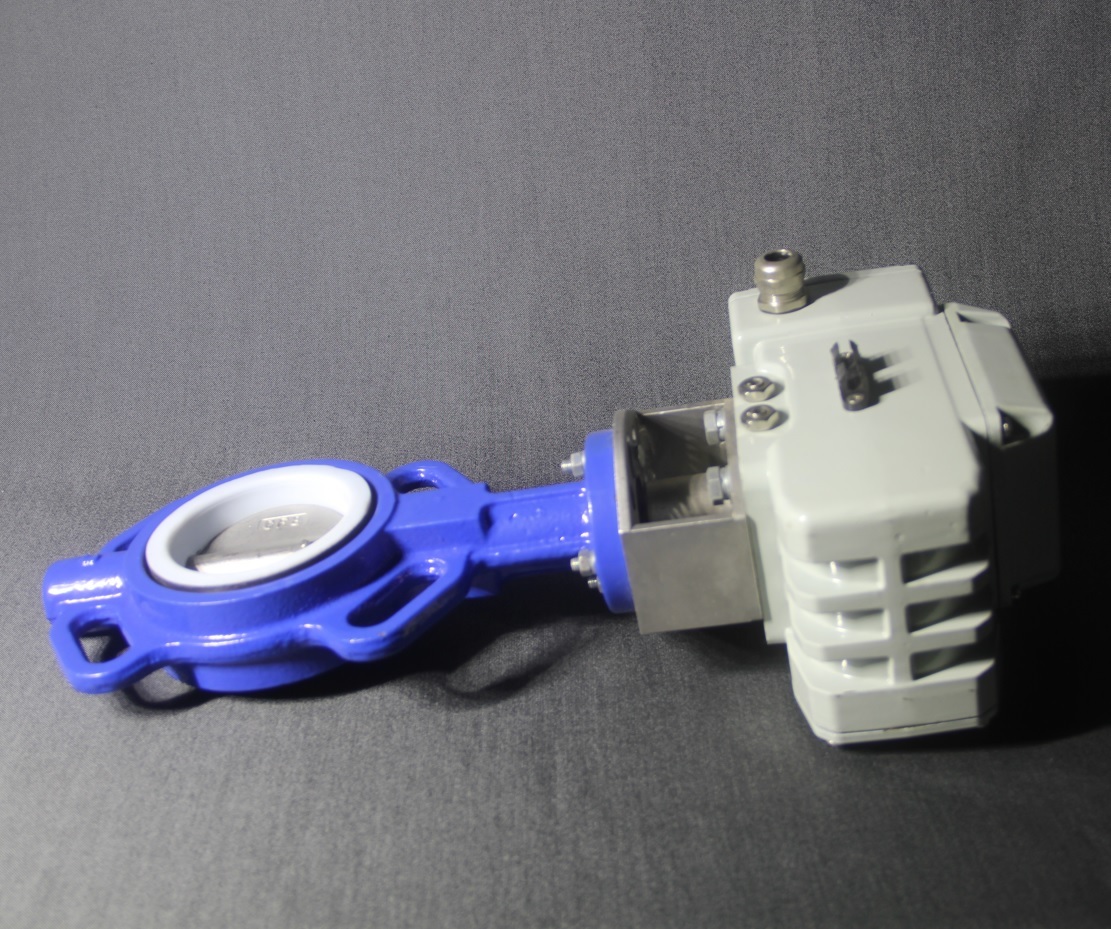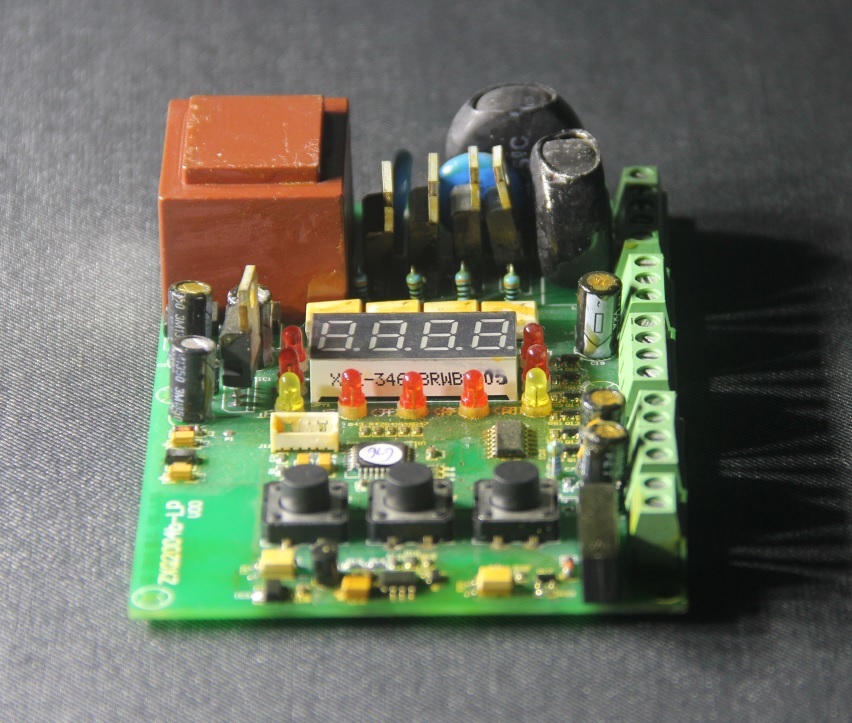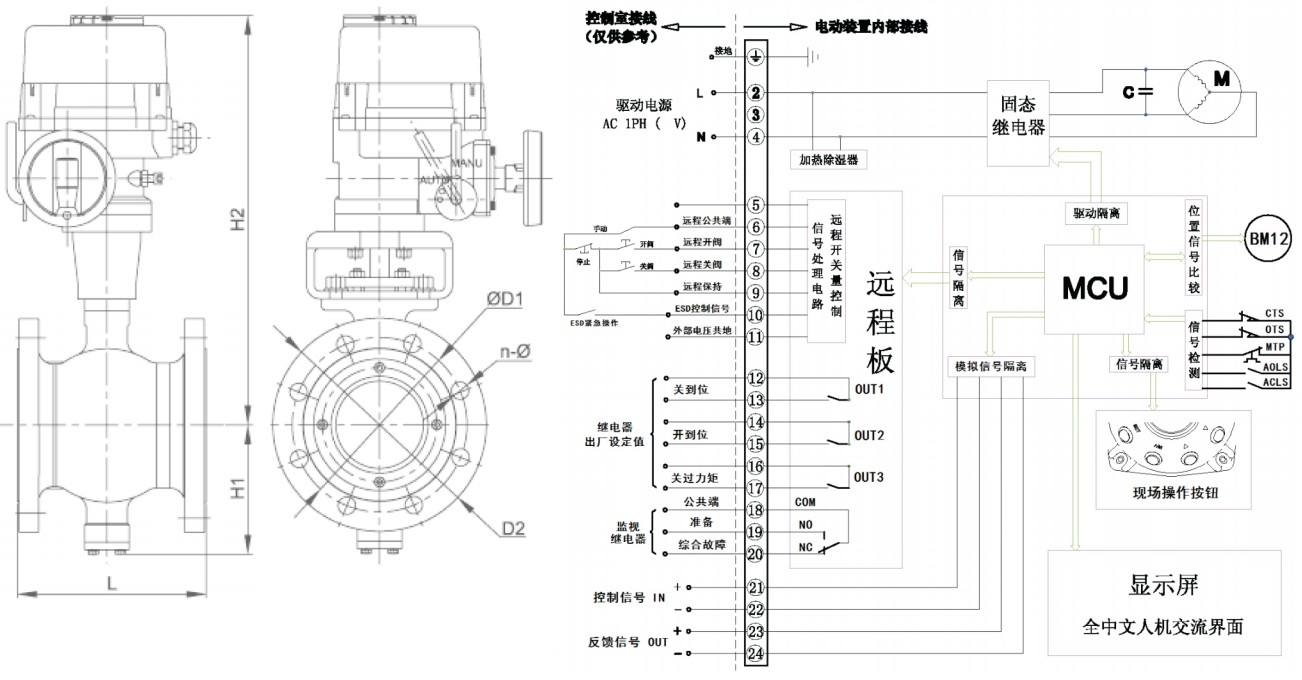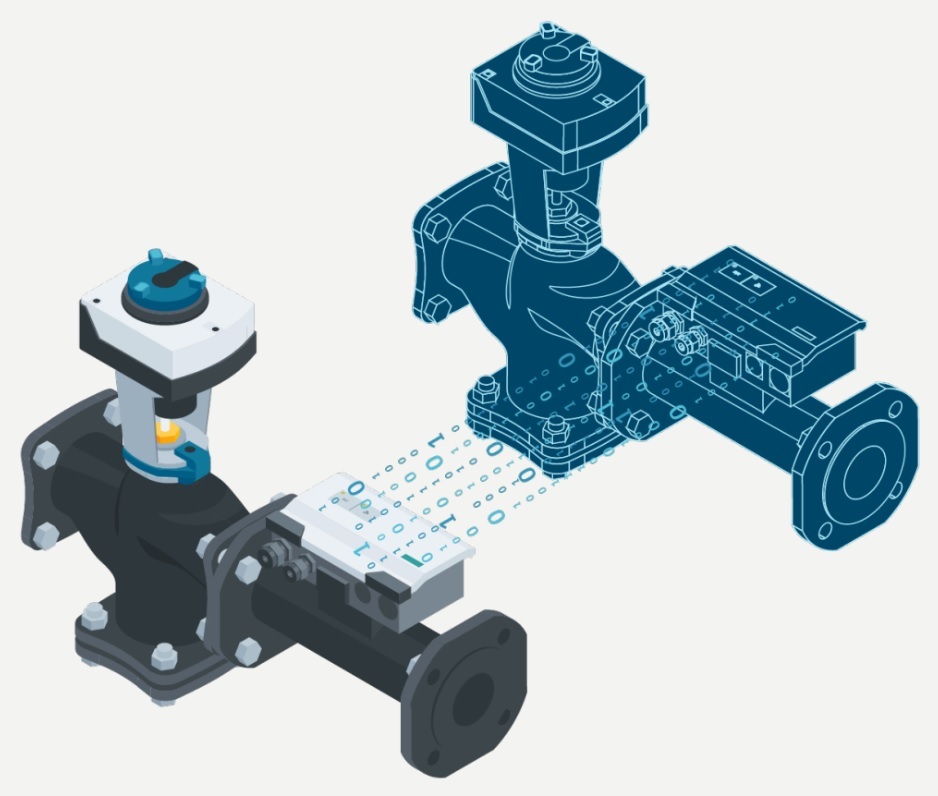What are the requirements for the design of intelligent valves?
Release Time:
2023-05-06 16:44
Since the 1950s, the market demand for electric valves in China has rapidly increased, and the application range of electric valves has rapidly expanded. Almost all industrial production has a demand for electric valves. At this time, many industrial enterprises began to propose the demand for intelligent electric valves. However, the intelligent upgrade speed of electric valves is very slow, and product quality and accuracy have always been unable to keep up with market demand.

In the 1990s, Shenzhen Dongyi Electronics Company began to attempt to intelligently upgrade traditional electric valves using its unique single-chip electronic technology. Intelligent valves have not only significantly improved product quality, durability, and accuracy, but also added powerful intelligence to traditional electric valves.
So, what are the requirements for designing intelligent valves?

Digital communication
Intelligent valves first need to receive various electrical signals collected by sensors and input them into a microcontroller. The microcontroller calculates and makes judgments based on the data it already has, and then sends addressable digital signals to drive the actuator. Unlike traditional electric valves, intelligent valves use digital communication to obtain behavioral information, making the working methods of electric valves more flexible and diverse.
Due to the programmability of microcontrollers, intelligent valves can more actively think and choose instructions. Therefore, how to provide more detailed digital information for the microcontroller and how to make the microcontroller output safer and more reliable digital information has become a design focus of intelligent valves.

Intelligent control
An important feature of intelligent valves that is superior to traditional electric valves is that they integrate traditional electric valves and their accompanying regulating switches. That is to say, intelligent valves can manipulate the valve core at any angle, and even allow the valve to make various complex actions based on fluid conditions.
Therefore, how to make the operation simple and easy, how to improve control accuracy, how to enhance signal compatibility, and how to make the actuator competent for more complex operations have become the key points that intelligent valves have to pay attention to in design.

Integrated design
The structure of valves is generally relatively simple, while the structure of actuators is often very complex.
When designing intelligent valves, one should not blindly understand them as "intelligent modules+electric actuators+valves", but rather design them as a whole. The intelligent module should be able to adapt to the working conditions faced by the valve, the valve should be optimized in structure based on fluid characteristics, and the actuator should be reasonably arranged and redesigned according to the structure of the valve and intelligent module, striving to be simpler and more reliable
Through such integrated design, intelligent valves will have stronger adaptability, more flexible and versatile functions, and more compact and convenient adaptability.

Automated diagnosis
When traditional electric valves malfunction, maintenance personnel need to put in a lot of effort to troubleshoot and diagnose in order to find the fault location. Intelligent valves generally have a relatively complete self diagnosis system.
In the design phase, the designer needs to arrange various sensors on the circuit and actuator, so that the intelligent module can receive abnormal signals and quickly analyze and diagnose them in the first time when a fault occurs, make timely protective actions and alarms, and finally inform maintenance personnel of the fault location through fault codes.
For maintenance personnel, the automated diagnostic capability of an intelligent valve is very important.

At present, there are still many gaps between China's intelligent valves and Western countries, and the demand for intelligent valves in the industrial field is also increasing. Only by fully considering the various problems and working conditions that intelligent valves may encounter and actively using modern technological means to upgrade can China's intelligent valves continuously improve their functions, quality, and international competitiveness

Recommended News







